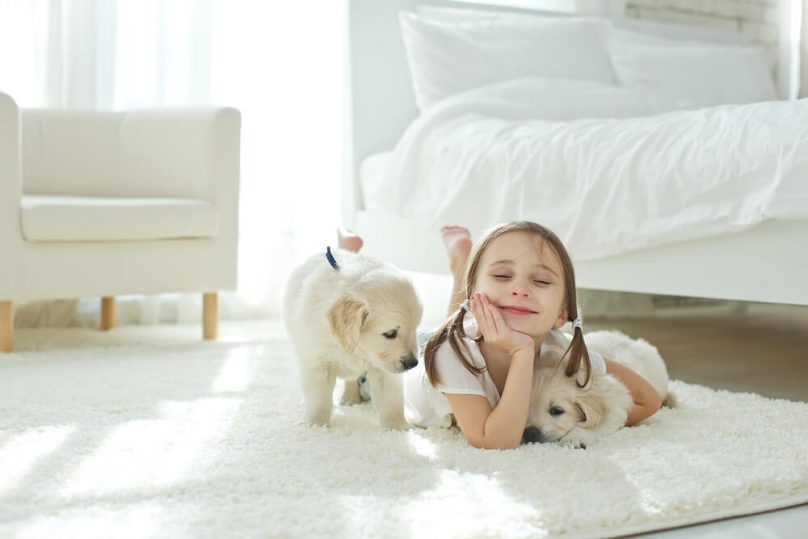The breeding of purebred dogs is strictly controlled by man.
Since ancient times, man has bred various breeds of dogs by purposeful and long selection.
Like all living organisms, a dog requires the organization of feeding and keeping conditions appropriate to its characteristics. There are certain veterinary and hygienic recommendations and norms that must be followed in the design and construction of kennels for dogs or, as they were called before, kennels. These norms concern the choice of a place for a kennel and the development of the most cost-effective technologies for keeping dogs.
The construction of a dog kennel begins with the choice of its future location, for a Central Asian Shepherd dog kennel, it should be a fairly large, dry area, preferably with a river or lake nearby, as well as walking fields. The nature of vegetation also depends on the geological structure of the soil and the microclimate of the area. The proximity of the forest is undesirable, although there should be a small green area between the nursery and the nearest settlement to reduce the spread of smell and noise. As a rule, the forest is always surrounded by a belt of small shrubs and undergrowth, in which ticks live and breed, often carrying various infectious diseases.

Already existing industrial buildings can be adapted for a nursery, but in this case, fire protection of metal structures is mandatory.
The dog kennel itself usually consists respectively of dog rooms, a kitchen, a pantry for food, walking, a maternity room and a puppy house, quarantine and isolation rooms, as well as a room for cleaning dogs and preparing dogs for shows.
The whole building is desirable to be made of timber, with a sloping floor, it is possible with a shed roof, fire protection of wood, fire and burglar alarms will ensure the safety of dogs. Enclosures should be arranged in groups of no more than six pieces – this will save livestock in the event of an outbreak of infection. Each enclosure must be at least 2 meters wide and 2.5 meters long and contain a booth with a removable roof, the entrance to which is hung with burlap or special rubber-based rugs. For ease of cleaning, the doors from the enclosures usually lead to one corridor where mops, buckets, disinfectants, water are stored, and on the other side there are dog walks covered with a metal mesh, and between adjacent walks the partition half consists of boards so that between dogs there were no unnecessary conflicts. Each paddock has a door for a person and a small entrance for the dog to the aviary. In the warm season, this entrance should be constantly open so that the dog can spend as much time in the air as possible.

The kennel, carotene and isolator should be located away from the premises for dogs and be heated.
The territory of the nursery is fenced with a fence not lower than two meters, with an anti-undermining base, the gate must be locked on both sides. The ideal surface for walking is crushed stone or fine gravel.
Properly chosen territory, good ventilation, sufficient daylight and dust protection, a little imagination and a lot of love, as well as disinfection and control of parasites and mice are the main components of a good nursery.